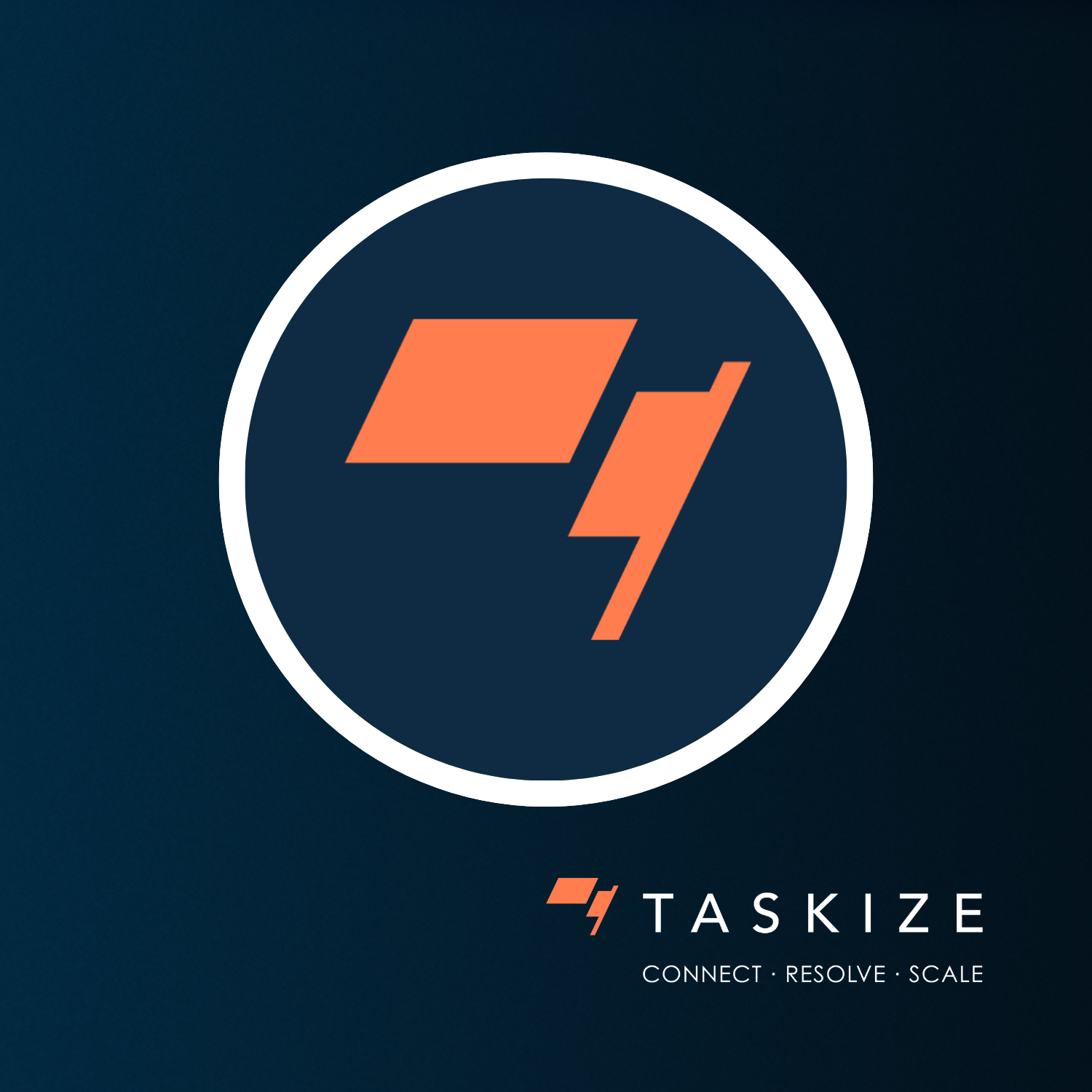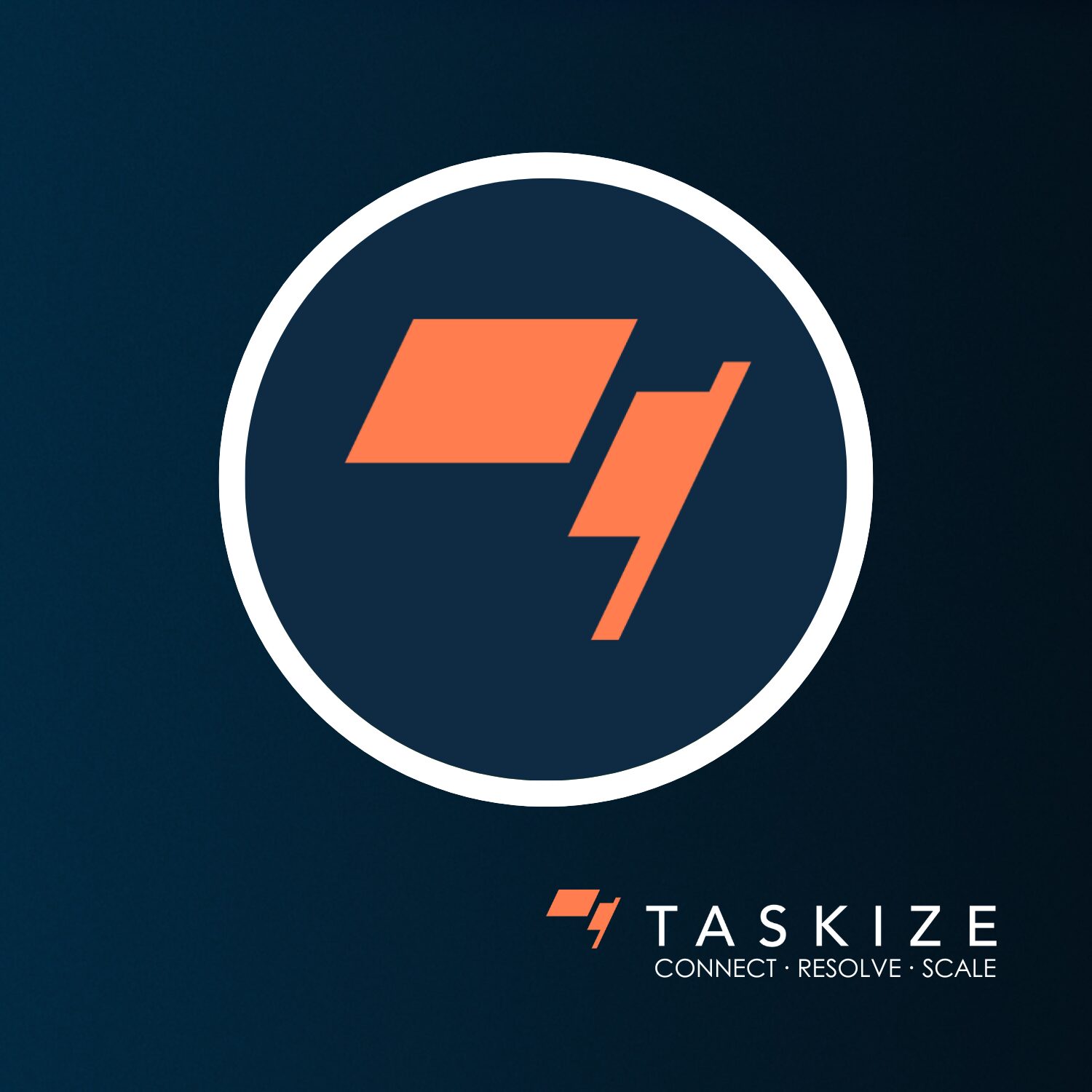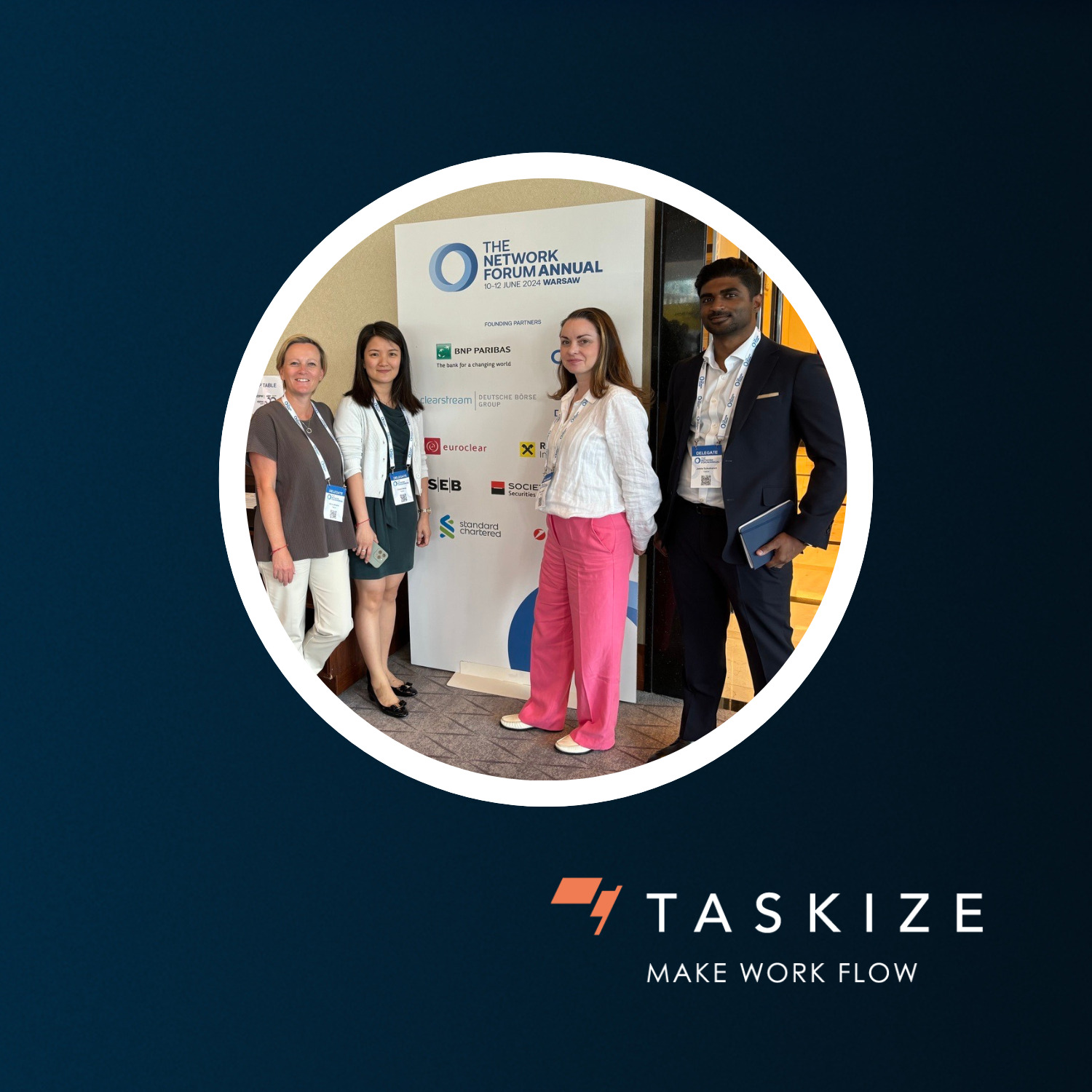A Seamless Pre-Trade Experience is the Path to T+1 Compliance
Starting on 11 October 2027, T+1 settlements will become the market norm in Europe, and despite this fast-encroaching deadline, the industry feels nowhere near ready. Although post-trade inefficiencies are gradually being ironed out ahead of the T+1 ‘big bang’, a lot of challenges within pre-trade still remain.
James Pike, Chief Revenue Officer, Taskize, spoke on a panel at PostTrade 360° in Stockholm recently to explain why pre-trade is so integral to getting T+1 right…

Pre-trade has a lot of catching up to do
T+1 compliance is often seen through a narrow post-trade lens.
But, if settlement fails are to be avoided when T+1 goes live in Europe, then the industry’s pre-trade processes also need to be fit for purpose. The obstacles facing pre-trade are very similar to post-trade – namely, poor, incomplete datasets and an absence of automation.
If pre-trade data and levels of automation are in a bad state, the impact will reverberate across the trading and post-trade lifecycle, increasing the chances of settlement fails - whilst also making it harder for people wearing operations hats to identify the root causes of trade fails or breaks.
Take client onboarding, for example. If onboarding is carried out haphazardly by custodians or brokers, then this will likely have negative downstream consequences.
“A lot of providers are not onboarding their clients correctly and this is preventing them from trading seamlessly – often a lot of the client data points required to facilitate trading are either missing or incomplete. This could be anything from Know-your-Client (KYC) data right through to basic account or counterparty information, e.g. where the customer is settling their trades, details on who their custodian, prime broker or FX providers are. If this data is incomplete, then this can have serious ramifications during the later stages of the trade lifecycle,” highlighted Pike on the panel.
We should also look at traders, who are responsible for the quality of the reference data and instructions in the trade files, which are processed by the middle and back office, ahead of settlement. If these files are missing critical information or if the data is inaccurate – both of which are fairly common occurrences, according to Pike, then the chances are that trades will not settle as planned.
A recent study from Firebrand Research underlines the scale of the challenge. On average in 2024, financial institutions paid EUR 70.43 million each month in penalties for settlement failures on the Target2Securities (T2S) platform, of which 21% were caused by data issues.
Limited automation and inadequate data are also making inventory management much harder.
Inventory management weaknesses are a catalyst for settlement fails too - accounting for the lion’s share of all fails – or 71% to be precise – according to Firebrand Research. Losing an entire day from the post-trade process under T+1 is only going to make this worse.
“Being able to link inventory to trading decisions at the point of execution is critically important. The problem is that inventory management is not in good shape at a lot of buy/sell-side firms – in some cases, asset managers may not have full visibility over their inventories, meaning they may not know if they have sufficient funds to finance a trade, or if their securities need to be recalled as they have been loaned out.”
This has been further compounded by post-financial crisis rules, such as Dodd-Frank and Basel III, which have forced banks and brokers to run much smaller inventories, due to the risk weighted capital requirements. These regulations are making it more difficult for firms to settle using their existing inventories.
Unless firms make structural improvements to their pre-trade processes, their ability to ensure timely settlements in a T+1 environment will be far from guaranteed.
Getting an action plan in place
Given the idiosyncrasies involved with the EU’s T+1 implementation – e.g. due to its fragmented capital markets, comparatively high levels of cross-border trading, etc, there is a lot of pressure now on the industry to plug any gaps they may have in pre-trade.
“The reality, however, is that a lot of financial institutions have not been focused enough on getting their pre-trade processes up to scratch, at least relative to the time they spent on post-trade,” noted Virginie O’Shea, Founder and CEO, Firebrand Research.
However, the industry is starting to make enhancements to its pre-trade operations.
“Banks, brokers and asset managers need to identify where they have got holes in their data sets, and identify whether data sets in the pre-trade stage of the transaction need to be augmented. The same is true for automation. By doing this, they will benefit from having a cleaner settlement cycle downstream,” explained Pike.
By automating the onboarding experience, the likelihood of bad client data causing tail-risks during the settlement leg of the transaction will be reduced.
Scott Schroenn, Regulatory and Public Affairs Specialist, Global Markets, BNP Paribas, said providers are using T+1 to expedite and enhance their client onboarding processes. “There have been challenges in the past when onboarding funds and other non-legal entities, and this is an area where the industry is actively making improvements,” he added.
The same is true for inventory management.
“Firms are going to have to make sure they have better oversight of where their inventories are at any point in time, e.g. where are they going to push the trade from and to. This will provide financial institutions with greater certainty post-T+1,” acknowledged Pike.
Traders also have a key role to play by ensuring that any trade files they send downstream are populated with only high quality reference data. To promote greater awareness, some firms are inviting traders to bespoke training workshops and seminars on T+1.
“In addition, traders need to obtain better visibility of their counterparties’ strengths and weaknesses ahead of trade execution”, stressed Alan Copping, Senior Market Strategist, SimCorp.
“Firms need to know how good their counterparties are at facilitating affirmations and confirmations, the strength of their post-trade capabilities, e.g. their settlement fail rates. Traders need to have this information ahead of trading, so they know what risks they may face down the line. This information is easily available from the CSDs, who are currently sitting on all of this data, but we need to make sure people working in pre-trade can access it,” continued Copping.
Most importantly, engaging with leading providers will be crucial to helping firms navigate T+1.
Taskize has a proven track record of delivering better automation at firms, allowing businesses to replace email and manual workflows with something more seamless. Not only does this reduce the chances of human errors at firms, but it expedites operational processes, which ultimately translates into cost savings.
The platform’s real-time data analytics is also providing a useful boost to settlement efficiency.
While T+1’s impact on post-trade operations is well-understood, financial institutions have slightly lagged behind with their pre-trade preparations, but this is slowly beginning to change. Now is the time, however, for firms to be refining their data management capabilities, and doubling down on automation, as any deficiencies in pre-trade will have a ripple effect – and one that will no doubt be exacerbated as more markets pivot towards T+1.
You May Also Like
These Related Stories

T+1 takes precedent at PostTrade 360°

Network managers – three key trends for 2H25

No Comments Yet
Let us know what you think